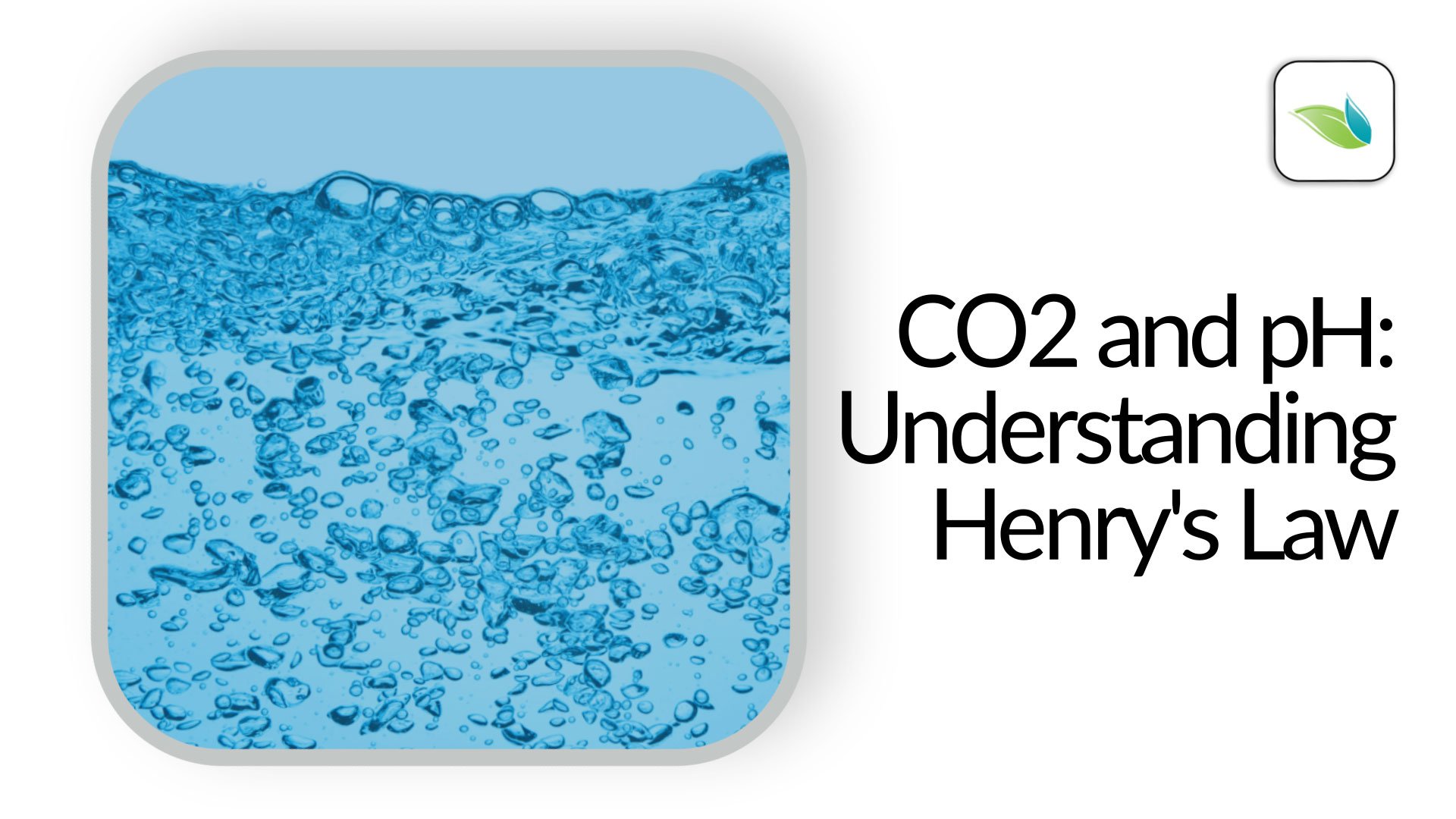I know this has been asked in the past but recently I've been in discussions with 2 pool techs that swear up and down that a significantly negative CSI (LSI is what they use) is aggressive to "pool lights, heater, pump". I know the general view of TFP is that negative CSI isn't an issue for vinyl pools/heaters/SWGs. I have, however, seen at least one old discussion where the debate raged for a bit and ChemGeek left it as "If we find something consistent with metal corrosion in vinyl pools at lower calcium and that such corrosion is stopped or reduced at higher calcium levels, then our recommendation will change.". I assume that has never been found. The reason I am second guessing, or just looking for piece of mind, is because I have very low CH and very low TA (see below). So my CSI in is the order of -1.40. I'd rather not mess with anything if I don't have to though because my pH has been a constant 7.5 for 3 years running. I assume it's related to the low TA and CH after reading an orendatech article about pH ceiling (referenced below). I'd love to hear anyone's thought on the rock solid 7.5 pH level too. Am I right about the low CH/alk keeping my pH stable? I guess my point is, everything is great. I literally have never had to add acid to my SWG pool and I'd love to keep it that way if I'm not causing myself any issues. Thanks!
My current water test:
FC: 4.5
CC: 0
pH: 7.5
TA: 50
CYA: 60
CH: 75
Salt: 3000

.png) blog.orendatech.com
blog.orendatech.com
My current water test:
FC: 4.5
CC: 0
pH: 7.5
TA: 50
CYA: 60
CH: 75
Salt: 3000

Understanding Henry's Law, CO2 and pH
The pH of a swimming pool is determined by how much CO2 is in solution. Henry's Law explains why CO2 leaves the water, and when it does, pH rises naturally
.png) blog.orendatech.com
blog.orendatech.com



